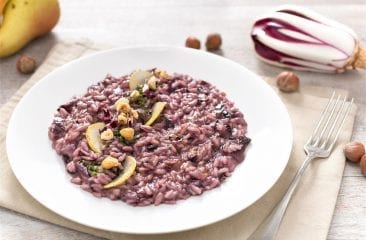Christmas is a time when families like to gather around the table to tuck into, what’s probably, their grandest meal of the year. But feasting over, what are you going to do with all those festive leftovers? One option is to freeze them, of course! Read on to find out how to freeze leftovers, as well as stews, meats, sauces and soups, and to discover some basic rules of freezing. Text: When freezing, there are some basic rules you need to follow:
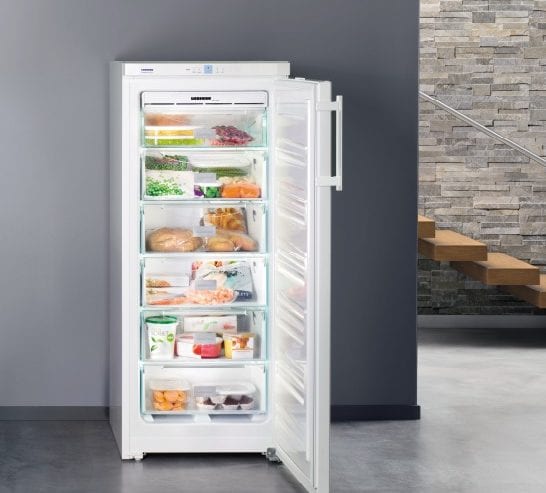
1. Use only fresh, unblemished foods that are well suited to freezing
Foods that are not suitable for freezing include: green leaf salads, fresh fruit or vegetable salads, grapes, fresh whole apples, uncooked greengages or pears.
2. Prepare foods carefully
Meat: Allow time to cool and portion as required.
Vegetables: Clean, wash, chop up, blanch, and cool quickly.
Fruit: Wash, remove leaves, seeds and stalks, or peel, as necessary, and freeze with or without fruit juices.
3. Package in the right quantities
Fruit and vegetables up to 1 kg per pack (max.)
Meat up to 3 kg per pack (max.)
Ready-made meals up to 1 kg per pack (max.)
4. Use appropriate packaging
Solid foods (such as meat, vegetables, bread or baked goods) that are intended for defrosting and microwave cooking should only be packed in packaging specified for this purpose.
Pack liquid and soft foods (such as juices, soups, and soft fruit fillings) in suitably strong and fastened freezer bags or in Microwave Safe containers, as appropriate.
5. Do not exceed the recommended storage periods
The maximum storage times are:
Meat (depending on type): 3 to 6 months
Vegetables: 6 to 12 months
Fruit: 8 to 12 months
Ready-made meals: up to 3 months
Check whether the frozen food can be prepared from frozen or has to be defrosted first. Most kinds of foods can be prepared from frozen or when lightly thawed. As a general rule, larger pieces of meat, poultry and fish must be fully defrosted or, at least, well thawed before cooking. Tips for freezing specific types of food: (H2)
Casseroles:
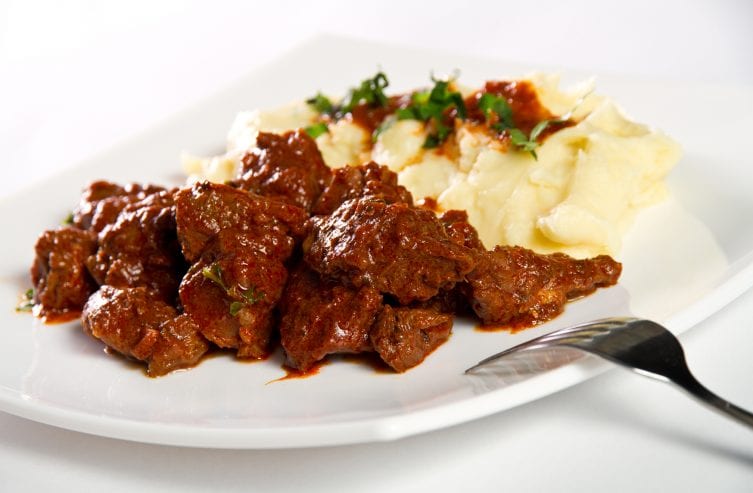
Are excellent for freezing.
Method: pre-freeze (either uncooked or cooked) in a container, then remove from the container and wrap in foil.
Storage life in freezer compartment: 2-3 months
Roasted meats:
Are excellent for freezing.
Method: Freeze whole or in slices, with foil between the slices.
Storage life in freezer compartment: 3 months
Stews:

Are excellent for freezing.
Method: Cook and divide into portions. Pack in solid containers or cook-in freezer bags.
Storage life in freezer compartment: 3 months
Goose/duck:

Both are excellent for freezing.
Method: Remove giblets, prepare for cooking and pack.
Storage life in freezer compartment: 2-4 months
Goulash meat:
Is excellent for freezing.
Method: Pack in portions up to 3 kg (max.).
Storage life in freezer compartment: 3-6 months
Rabbit/hare:
Both are excellent for freezing.
Method: Remove giblets and pack whole, or in portions.
Storage life in freezer compartment: 8 months
Cured pork:
Is excellent for freezing.
Method: Divide into portions no larger than 3 kg and pack.
Storage life in freezer compartment: 2-3 months
dplings
Are excellent for freezing.
Method: Store cooked, ready-to-serve dumplings in a solid container or cook-in freezer bag.
Storage life in freezer compartment: 3 months
Beef roulades: Are excellent for freezing.
Method: Pack flat in slices, up to a 6 to 8 (max.), placing foil in between the slices.
Storage life in freezer compartment: 9-12 months
Red cabbage:
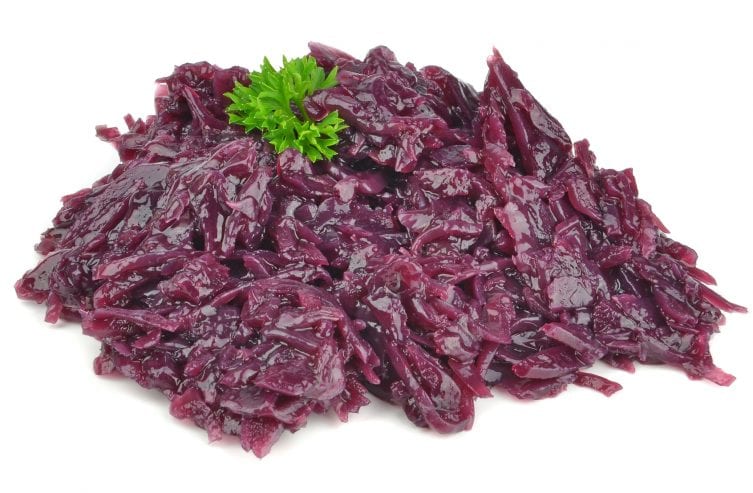
Is excellent for freezing.
Storage life in freezer compartment: 8-10 months
Pork:

Is excellent for freezing.
Method: Leaner meat stores better than more fatty cuts. Pack in pieces up to 3 kg (max.).
Storage life in freezer compartment: 4-7 months
Soups:
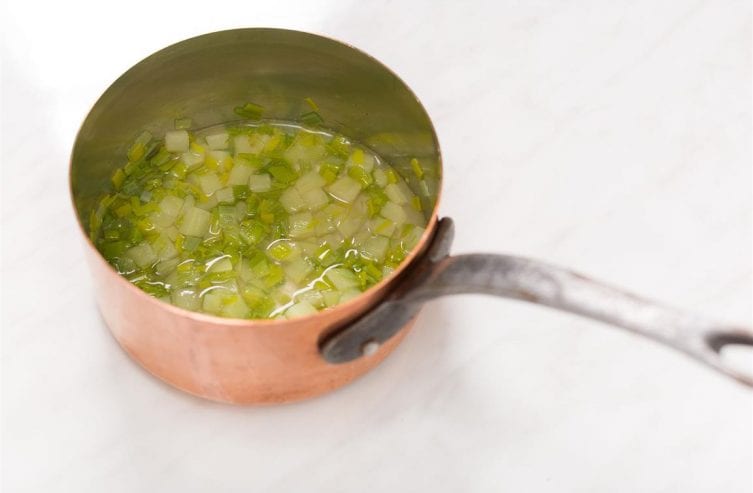
Are excellent for freezing.
Method: Pre-freeze soups, which are as fat-free as possible, in containers and then remove, and wrap in foil.
Storage life in freezer compartment: 4-6 months
We hope you enjoyed this post. If you have any questions or comments, then please write to us! Use the comment function below or discuss it with us on Facebook.


